ENTROPION
The most frequent eye diseases in the English bulldog are: hypertrophy of the gland of the third eyelid, distichiasis, entropion, ectropion. Entropion is an inversion of part or all of the eyelid margin towards the inside of the eye; this condition can be mild, moderate or severe. Symptoms: the inverted position of the eyelid inside the eye causes irritation of the cornea with consequent excess of tearing, the dog "winks", then a persistent and involuntary closure of the eye is noted. The margin and outer surface of the eyelid are moist and mucopurulent discharge may be present depending on the severity. If the eyelashes rub against the cornea due to the overturning of the eyelid, you can also have a corneal injury. Entropion is influenced by various conditions such as the conformation of the bulldog's skull, the morphology of the orbit and the amount of wrinkles. In some cases it can be secondary to intense corneal pain. The diagnosis of entropion is made through a clinical visit: if the pathology is mild, medical therapy is sufficient, through which the cornea is protected with a local lubricant. In general, even when the need for surgery is assumed, it is always better to wait for the morphological growth of the dog's head to stop before intervening. Obviously, the need to intervene quickly even before the year of life arises in cases of severe entropion with corneal lesions. Medial entropion (the part of the eyelid closest to the nose) is more frequent in English bulldogs.
Read more by clicking on the images or categories
- All
- Dermatology
- Eye Pathologies
- Prophylaxis and Vaccines
- Bulldog Breathing
- Reproduction
- Various
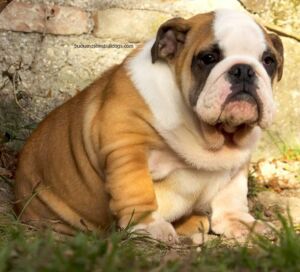
LAMENESS

OTITIS

HIP DYSPLASIA

INGROWN TAIL

SWIMMING PUPPY SYNDROME
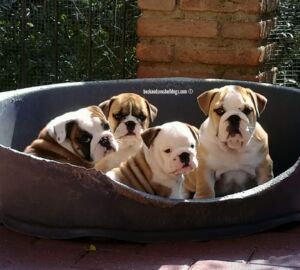
CHONDROPROTECTED

OTOHEMATOMA
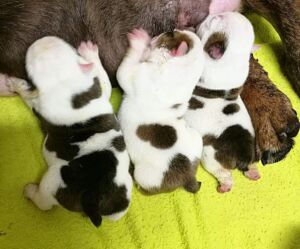
PYOMETRA

MONORCHIDISM AND CRYPTORCHIDISM

HYSTERIC PREGNANCY
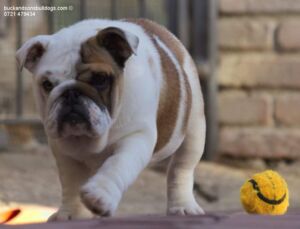
HEAT AND FALSE HEAT
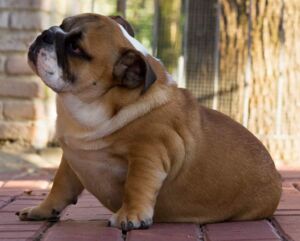
PROLAPSE OF THE URETHRA
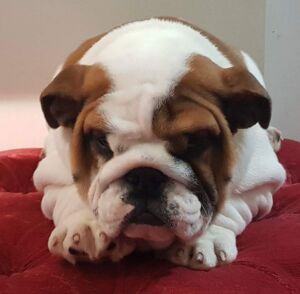
DISTICHIASI
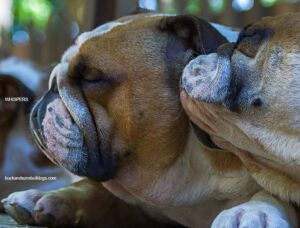
ENTROPION
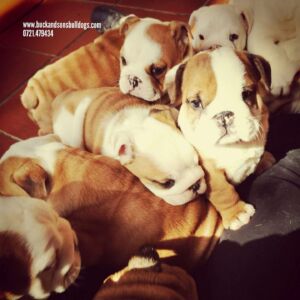
HYPERTROPHY OF THE GLAND OF THE THIRD PALPEBRA (CHERRY EYE)

HEAT STROKE

WHY DOES THE BULLDOG BREATHE BAD?
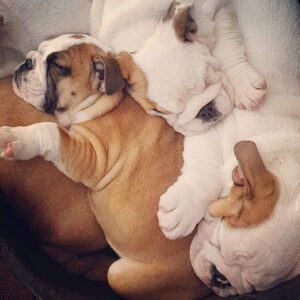
LEPTOSPIROSIS
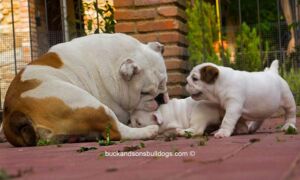
VACCINAL PROPHYLAXIS

LEISHMANIOSIS
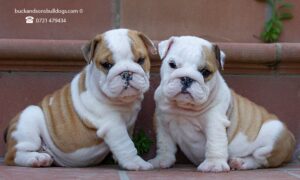
PHILARIOSIS

ATOPIC ALLERGY
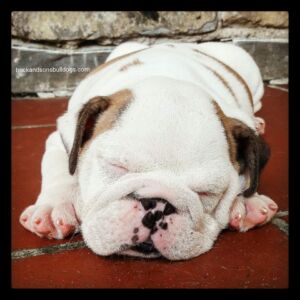
PIODERMITE
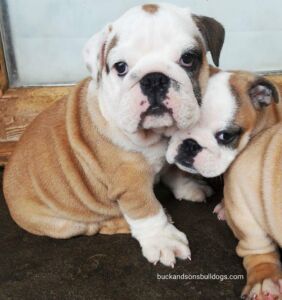
INTERDIGITAL CYSTS

PODODERMATITIS
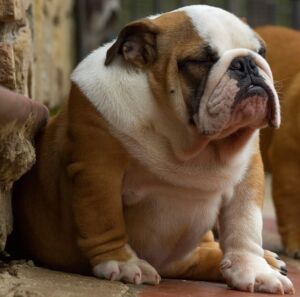
ACNE
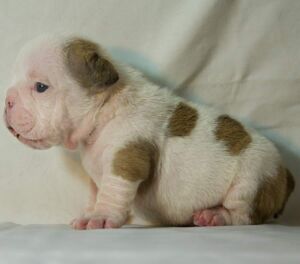
CYCLIC ALOPECIA OF THE FLANK
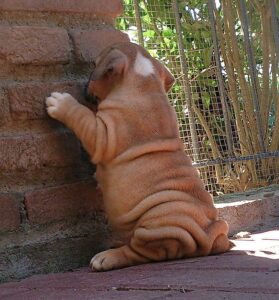
DEMODECTIC MANGE
